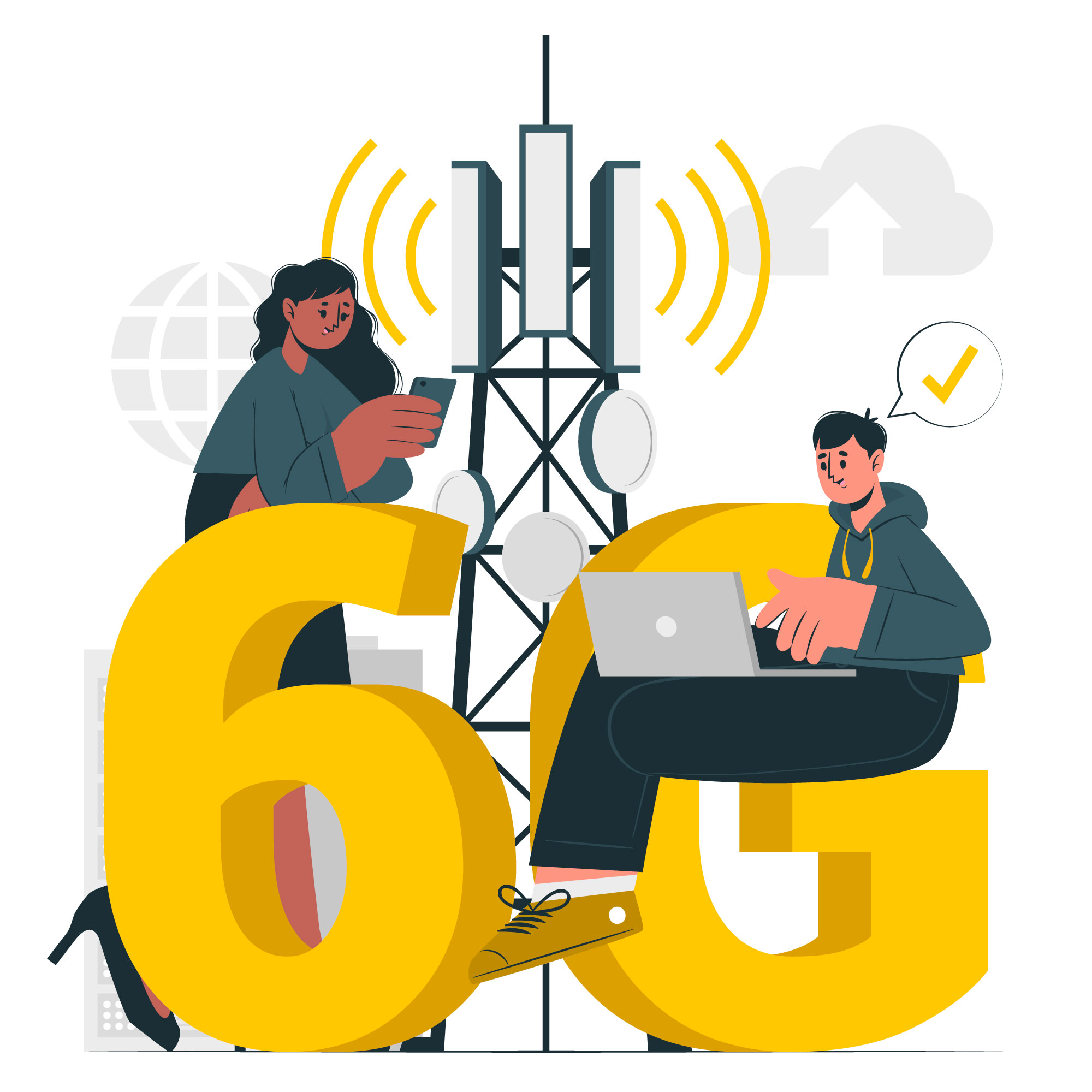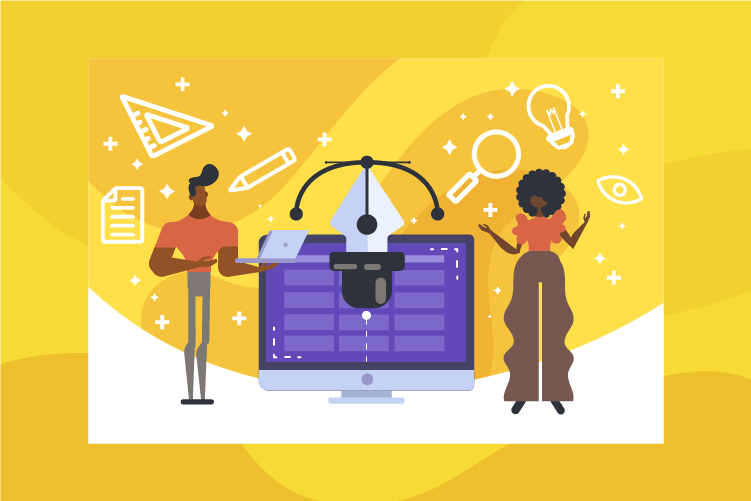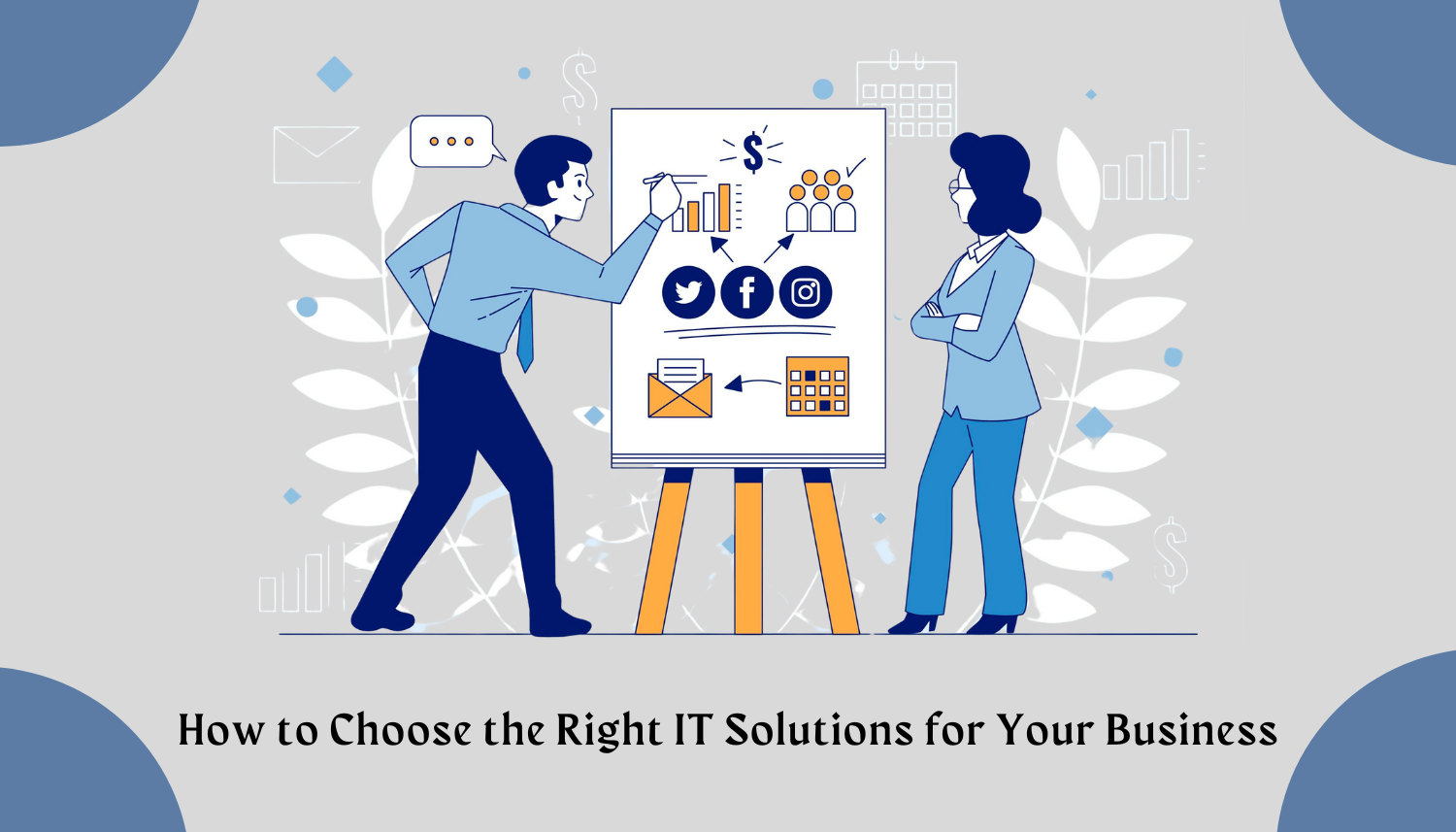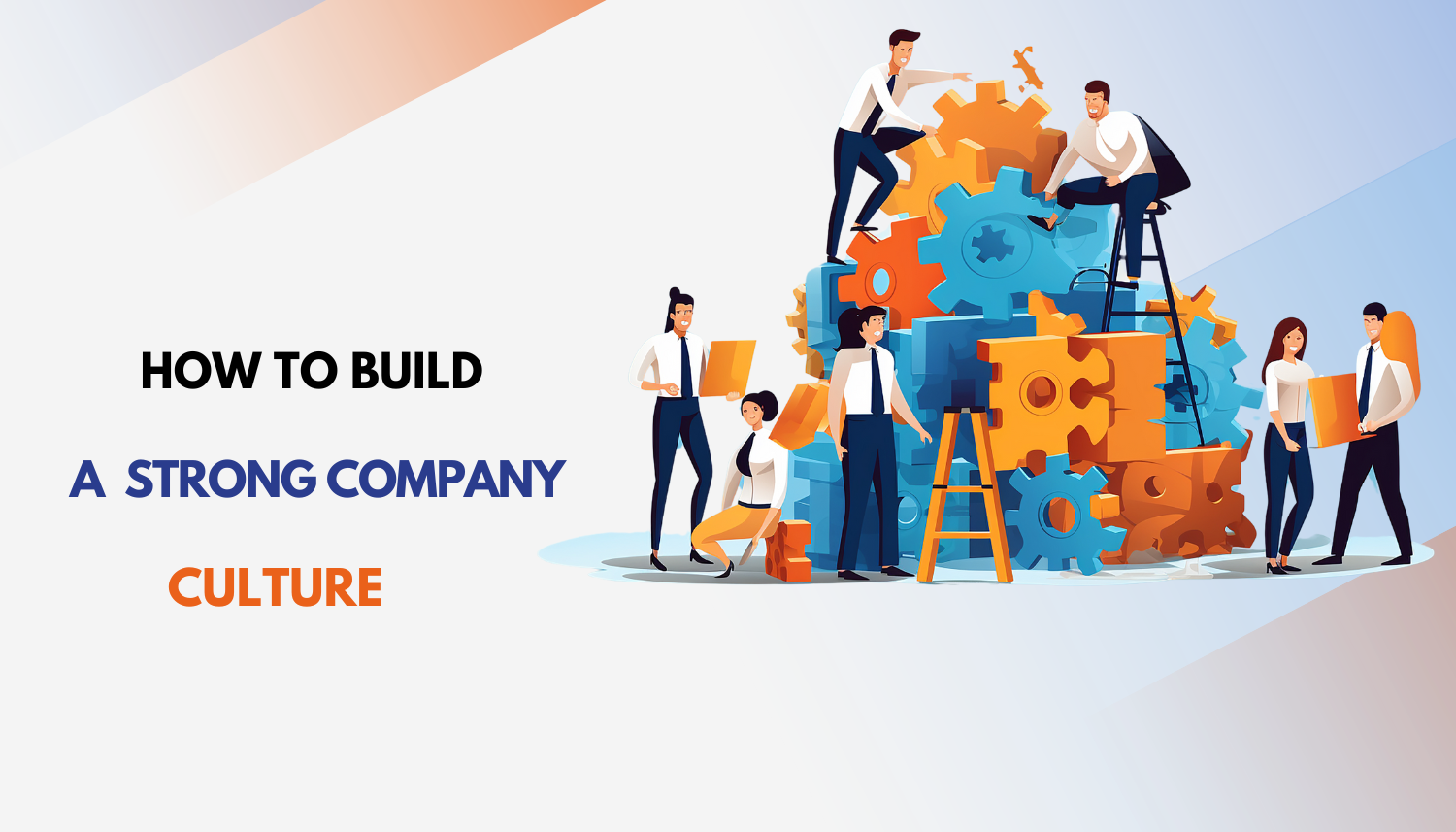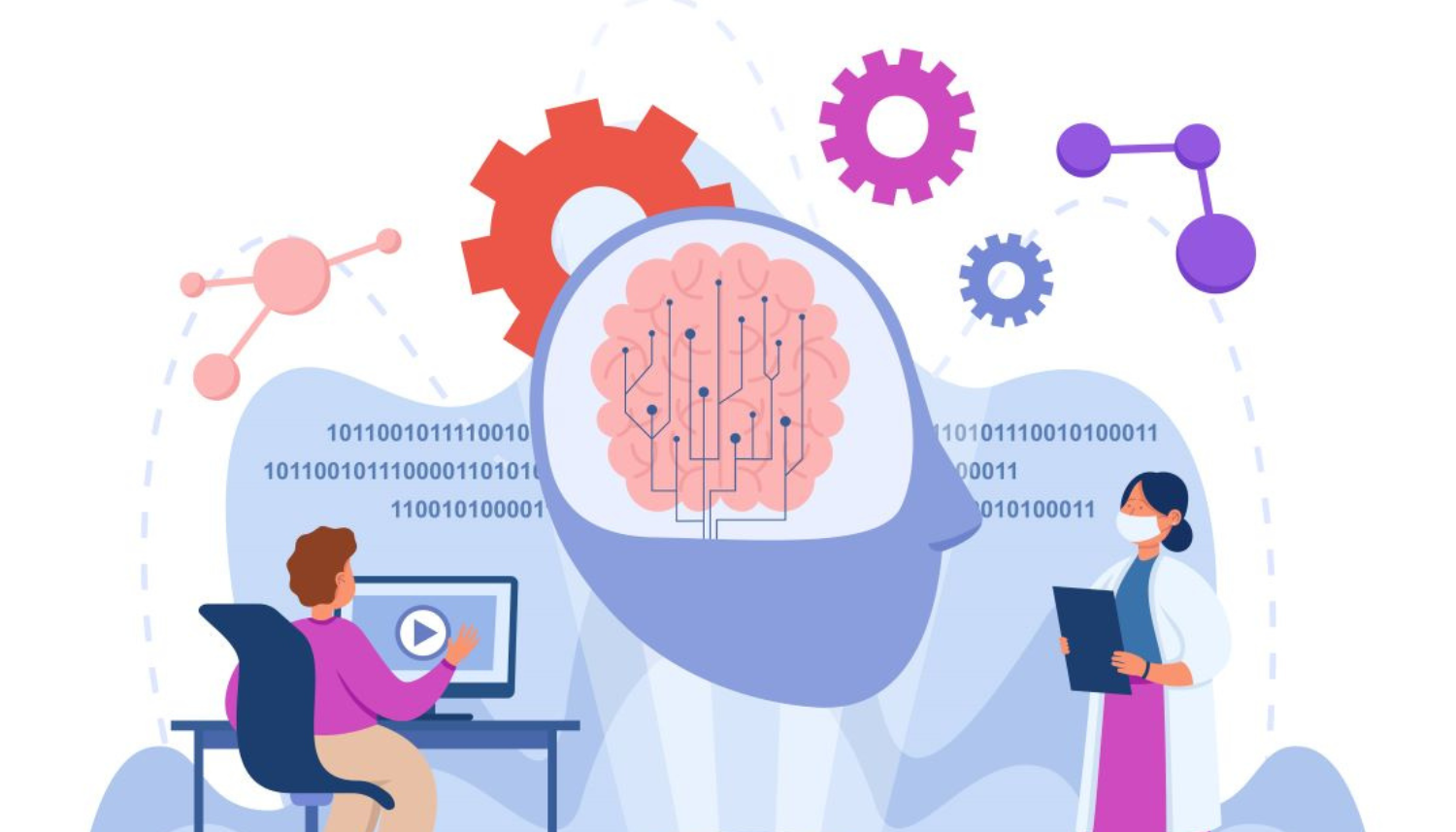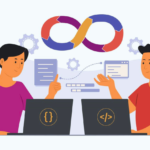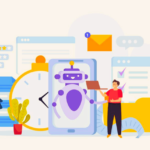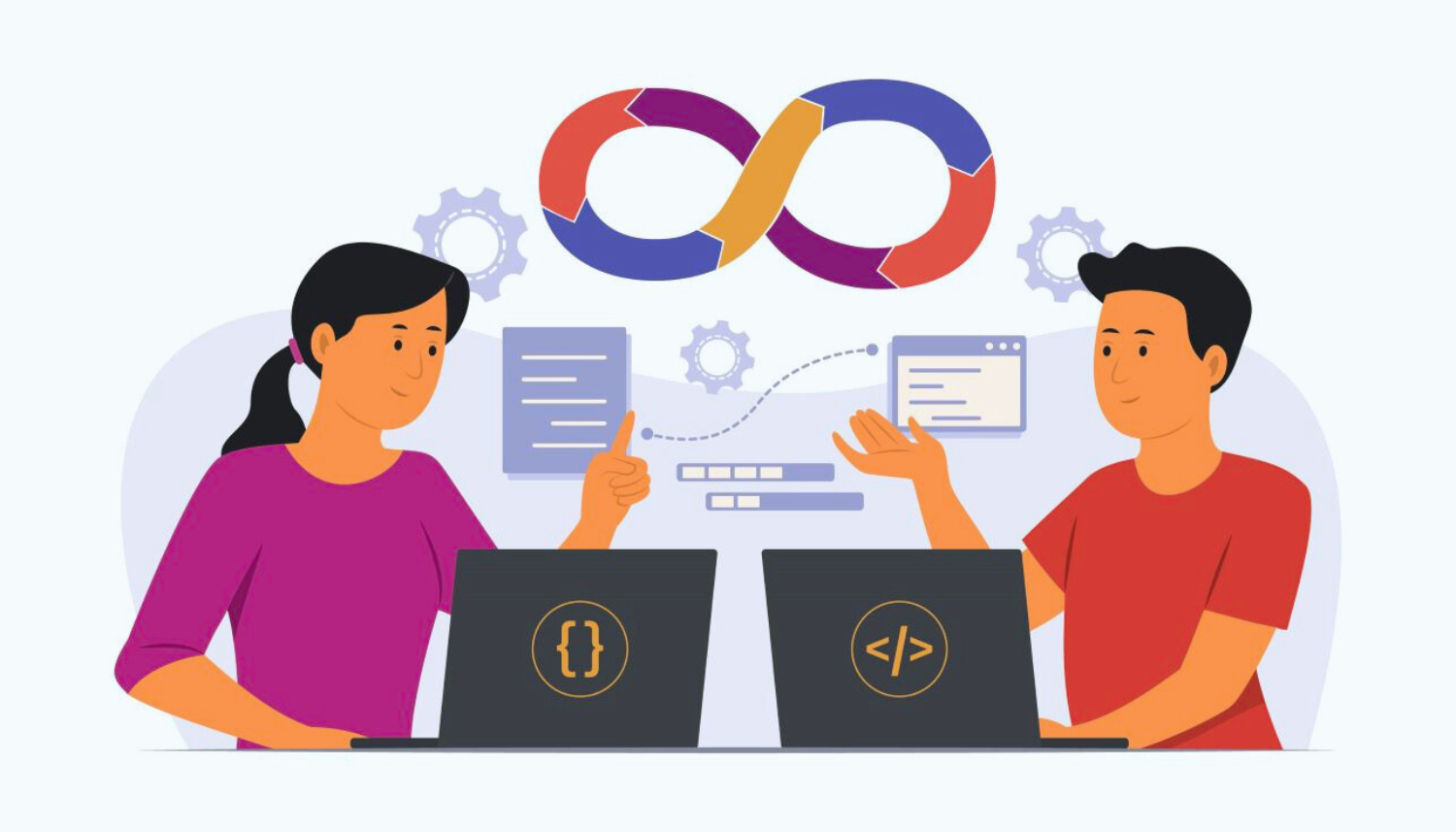In an age where technology and human cognition intersect more frequently than ever, understanding the relationship between the human mind and computer algorithms offers a fascinating glimpse into the future of problem-solving and innovation. While human thought is deeply rooted in intuition, emotion, and experience, computer algorithms operate through precise mathematical logic and data-driven processes. This blog explores the symbiotic relationship between these two realms, highlighting their unique strengths and collaborative potential.
The Mechanics of Decision-Making: Cognitive Versus
Computational
Human Decision-Making
The human brain is a complex, adaptive system capable of making decisions using a combination of reasoning, intuition, and emotional insight. Decisions are often influenced by past experiences, cultural context, and cognitive biases. For instance:
1) Intuition: Humans often rely on gut feelings or intuitive judgments, especially in complex or ambiguous situations.
2) Emotion: Emotional states can significantly impact decision-making, sometimes leading to both creative solutions and biases.
3) Experience: Personal experiences shape how we approach and solve problems, offering a rich tapestry of context that guides our choices.
Algorithmic Decision-Making
Computer algorithms, on the other hand, follow structured procedures and logical rules to make decisions. Key aspects include:
1) Data-Driven: Algorithms use historical data and predefined criteria to generate outcomes, often processing vast amounts of information in seconds.
2) Consistency: Algorithms provide consistent results based on their programming, minimizing human errors and biases.
3) Speed: The ability of algorithms to analyze and act on data quickly makes them invaluable for real-time applications, from financial trading to autonomous vehicles.
Learning and Adaptation: Evolving Minds and Machines
Human Learning
Humans learn through various methods, including:
1) Experience: Learning by doing, observing, and reflecting helps us adapt and innovate.
2) Social Interaction: Collaboration and communication with others contribute to knowledge acquisition and problem-solving.
3) Flexibility: Our learning process allows us to generalize from specific instances and adapt to new and unexpected situations.
Machine Learning
Machine learning, a subset of AI, enables algorithms to learn from data and improve over time:
1) Pattern Recognition: Algorithms identify patterns and correlations in large datasets, improving their predictions and classifications.
2) Training: Models are trained on historical data, learning to make decisions or predictions based on that information.
3) Adaptability: While machine learning models can adapt to new data, they often require retraining or fine-tuning to handle novel scenarios.
Creativity and Innovation: Human Ingenuity Meets
Algorithmic Precision
Human Creativity
Creativity in humans involves:
1) Imagination: The ability to conceive novel ideas and explore possibilities beyond existing paradigms.
2) Emotional Depth: Emotional experiences often fuel creative expression, influencing art, design, and innovation.
3) Cultural Influence: Diverse cultural backgrounds enrich our creative output, leading to a wide range of artistic and practical solutions.
Algorithmic Creativity
While algorithms are not inherently creative, they can assist and enhance creative processes:
1) Generative Models: Techniques like Generative Adversarial Networks (GANs) can create art, music, and designs based on learned patterns.
2) Optimization: Algorithms help refine and optimize creative works, such as enhancing images or generating new design options.
3) Collaboration: AI tools can collaborate with human creators, providing suggestions and generating ideas that inspire further innovation.
Error Handling and Adaptability: Navigating Challenges
Human Adaptability
Humans are adept at:
1) Error Correction: We learn from mistakes, adjusting our strategies and approaches based on feedback and reflection.
2) Problem-Solving: Our ability to think critically and adapt to unforeseen challenges helps us overcome obstacles and find solutions.
3) Resilience: Emotional resilience and flexibility enable us to persevere through difficulties and adapt to changing circumstances.
Algorithmic Error Handling
Algorithms manage errors through:
1) Exception Handling: Predefined rules and mechanisms help algorithms deal with unexpected inputs or conditions.
2) Robustness: Algorithms are designed to handle specific types of errors, but may struggle with unanticipated scenarios.
3) Retraining: Continuous learning and updates to the algorithm can improve performance and address limitations.
The Future: Bridging the Gap Between Minds and Machines
The relationship between human cognition and computer algorithms is poised to become increasingly intertwined:
1) Collaborative Innovation: By combining human creativity and emotional insight with algorithmic efficiency and data analysis, we can tackle complex problems and drive innovation.
2) Enhanced Tools: AI and machine learning tools will continue to evolve, providing humans with powerful aids for decision-making, creativity, and problem-solving.
3) Ethical Considerations: As technology advances, addressing ethical implications and ensuring responsible use of AI will be crucial for creating a harmonious synergy between humans and machines.




